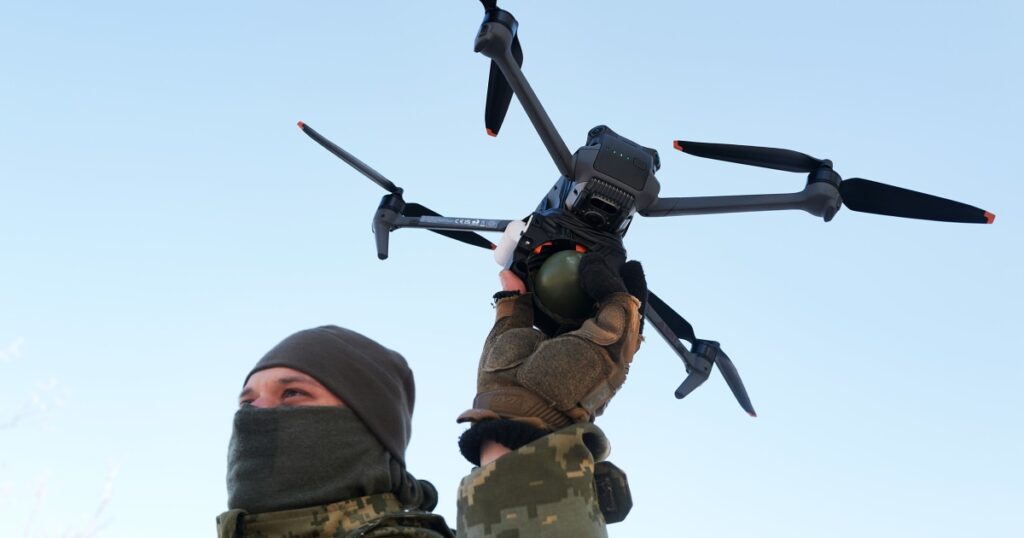

Dubbed operation “Spiderweb,” Ukraine’s audacious drone attack Sunday on four Russian air bases — one of them deep inside Siberia — has brought the use of unmanned aerial vehicles in modern warfare sharply into focus.
While accounts differ on the extent of the damage caused by the drones, which were reportedly smuggled to the perimeter of the bases in the backs of trucks, Ukraine’s security service, the SBU, put the estimated cost to the Kremlin at $7 billion. Russia has said little about the attacks, although the country’s defense ministry acknowledged in a statement that some planes caught fire.
The strikes have highlighted the increasing importance of drones for both Russia and Ukraine in the war, which entered its fourth year in February. And experts told NBC News that both sides are increasingly turning to cheap, commercially available first-person view or quadcopter drones that can often be purchased from online retailers and easily converted into deadly weapons — simple technology that is having a huge impact on the battlefield in Ukraine and further afield.
Their use is “going to become very, very common,” Robert Lee, a senior fellow at the Philadelphia-based Foreign Policy Research Institute think tank, told NBC News in an interview.
Drones were used when Syrian President Bashar al-Assad’s regime was overthrown in December, he said. “They’re here and because they’re ubiquitous, because they are quite useful and they’re demonstrating that every day in Ukraine,” he said.
“There’s no doubt that they’re going to be used by all sorts of groups, whether it’s criminal groups or terrorist groups, and they pose a quite significant threat,” he said, adding, “I think we’re a little bit behind the power curve on this and actually getting ready to counter them.”
Targeting civilians
As she was riding her bicycle to a cosmetology appointment in Antonivka, a rural community in Ukraine’s southern Kherson region, Anastasia Pavlenko, 23, said she noticed a drone “hunting” her.
“It took off, followed me and I zigzagged on the bike,” the mother of two said of the September attack, adding that a second drone suddenly appeared with “a shell attached to it.”
Despite her best attempts to escape, she said the second drone dropped the shell “right on my head” and it bounced down onto her thigh and exploded on the asphalt next to her.
“Blood was coming from my neck, and there were fragments under my ribs,” Pavlenko said, adding she somehow managed to keep cycling and take cover under a bridge where she screamed for help until she started to lose consciousness.
“I just had a small purse, shorts, a T-shirt and long loose hair, so it was clear that I was a girl,” she said, adding that she was not wearing military colors or carrying any weapons when she was hit.
Doctors were unable to remove shrapnel fragments from her neck, ribs, or leg, she said, adding she had been unable to return to work at her coffee shop because she “can’t handle physical stress.”
 Latest World Breaking News Online News Portal
Latest World Breaking News Online News Portal






